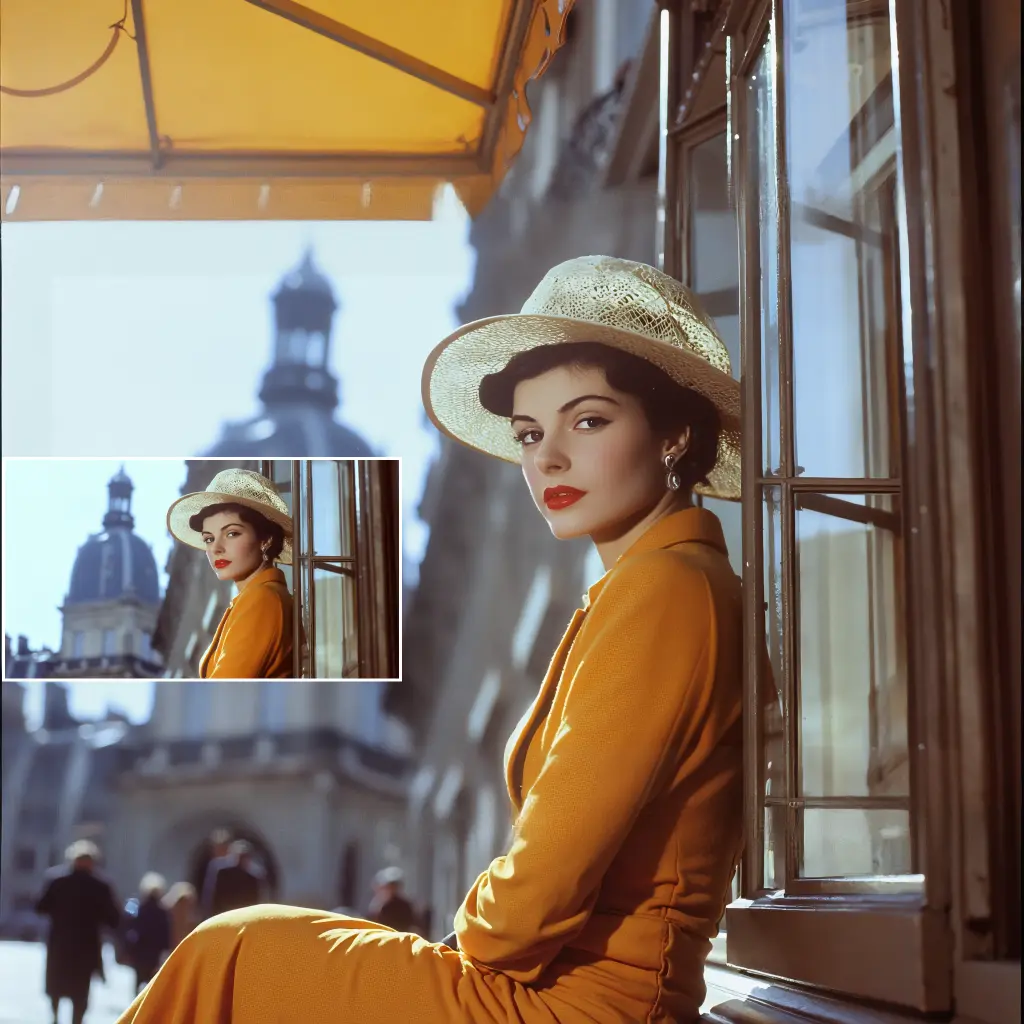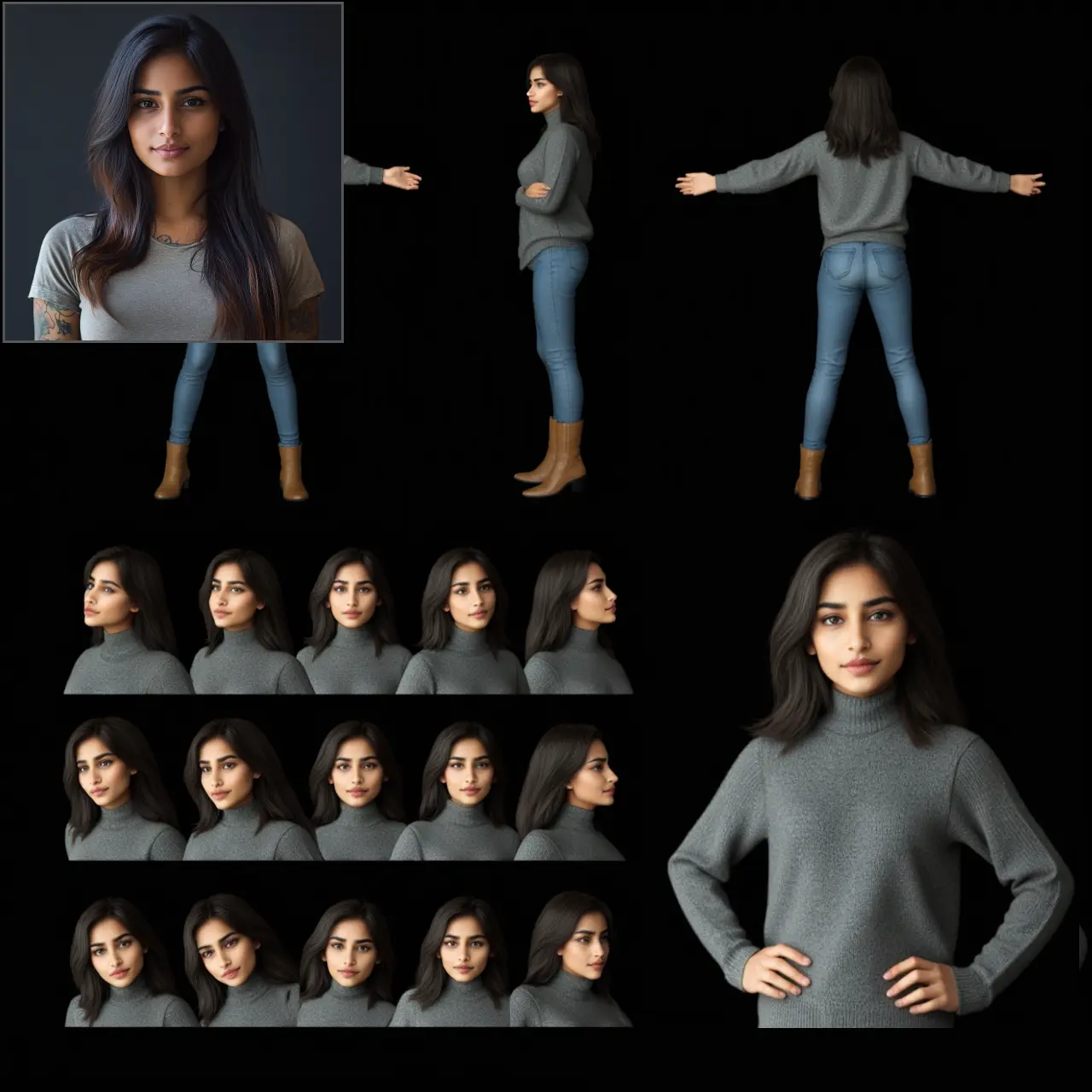ComfyUI Node: AD Image Resize
AD_image-resize
Category🌻 Addoor/image
ADDOOR (Account age: 2911days) Extension
ComfyUI-Addoor Latest Updated
2025-01-24 Github Stars
0.04K
How to Install ComfyUI-Addoor
Install this extension via the ComfyUI Manager by searching for ComfyUI-Addoor- 1. Click the Manager button in the main menu
- 2. Select Custom Nodes Manager button
- 3. Enter ComfyUI-Addoor in the search bar
Visit ComfyUI Online for ready-to-use ComfyUI environment
- Free trial available
- 16GB VRAM to 80GB VRAM GPU machines
- 400+ preloaded models/nodes
- Freedom to upload custom models/nodes
- 200+ ready-to-run workflows
- 100% private workspace with up to 200GB storage
- Dedicated Support
AD Image Resize Description
Adjust image dimensions while maintaining quality and aspect ratio, with multiple resizing methods and interpolation techniques.
AD Image Resize:
The AD_image-resize node is designed to adjust the dimensions of an image while maintaining its quality and aspect ratio according to specified parameters. This node is particularly useful for AI artists who need to prepare images for various applications, ensuring that the images fit specific size requirements without distortion. It offers multiple resizing methods, such as stretching, padding, and filling, to accommodate different artistic needs. The node also supports various interpolation techniques to enhance the quality of the resized image. By using this node, you can efficiently manage image dimensions, making it an essential tool for optimizing images for different platforms or creative projects.
AD Image Resize Input Parameters:
image
This parameter represents the input image that you want to resize. It is crucial as it serves as the base for all resizing operations. The image should be in a format compatible with the node's processing capabilities.
width
The desired width of the output image. If set to 0, the width will be automatically adjusted based on the height and the original aspect ratio. This parameter allows you to control the horizontal dimension of the resized image.
height
The desired height of the output image. Similar to the width, if set to 0, the height will be adjusted based on the width and the original aspect ratio. This parameter helps you manage the vertical dimension of the resized image.
method
This parameter determines the resizing method to be used, such as stretch, pad, or fill. Each method offers a different approach to resizing, affecting how the image's aspect ratio and content are handled during the process.
interpolation
Specifies the interpolation technique used for resizing, with options like nearest or lanczos. This parameter impacts the quality of the resized image, with different methods providing varying levels of smoothness and detail preservation.
condition
Defines the conditions under which resizing should occur, such as always, downscale if bigger, or upscale if smaller. This parameter allows for conditional resizing based on the original and target dimensions, providing flexibility in image processing.
multiple_of
Ensures that the output dimensions are multiples of a specified number. This is useful for applications requiring specific alignment or grid-based layouts, ensuring compatibility with certain display or processing requirements.
reference_image
An optional parameter that, if provided, sets the output dimensions to match those of the reference image. This is particularly useful when you need to ensure consistency across multiple images or match a specific template size.
AD Image Resize Output Parameters:
outputs
The primary output is the resized image, which is adjusted according to the specified parameters. This output maintains the quality and aspect ratio as defined by the input settings, providing a ready-to-use image for further processing or display.
width
The width of the resized image, reflecting any adjustments made during the resizing process. This output confirms the final horizontal dimension of the image.
height
The height of the resized image, indicating the vertical dimension after resizing. This output ensures that the image meets the specified or calculated height requirements.
AD Image Resize Usage Tips:
- Use the
padmethod when you need to maintain the original aspect ratio without cropping, adding borders to fit the desired dimensions. - Choose
lanczosinterpolation for high-quality resizing, especially when dealing with detailed images, to preserve clarity and sharpness.
AD Image Resize Common Errors and Solutions:
"Invalid image dimensions"
- Explanation: This error occurs when the input image dimensions are not compatible with the specified resizing parameters.
- Solution: Ensure that the input image dimensions are correctly specified and that the width and height parameters are set appropriately.
"Unsupported interpolation method"
- Explanation: The chosen interpolation method is not recognized by the node.
- Solution: Verify that the interpolation method is one of the supported options, such as
nearestorlanczos, and adjust the parameter accordingly.
AD Image Resize Related Nodes
RunComfy is the premier ComfyUI platform, offering ComfyUI online environment and services, along with ComfyUI workflows featuring stunning visuals. RunComfy also provides AI Playground, enabling artists to harness the latest AI tools to create incredible art.




